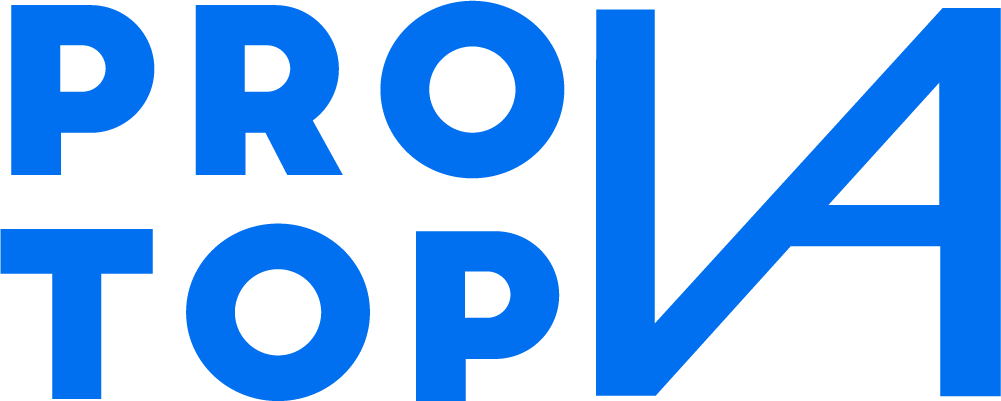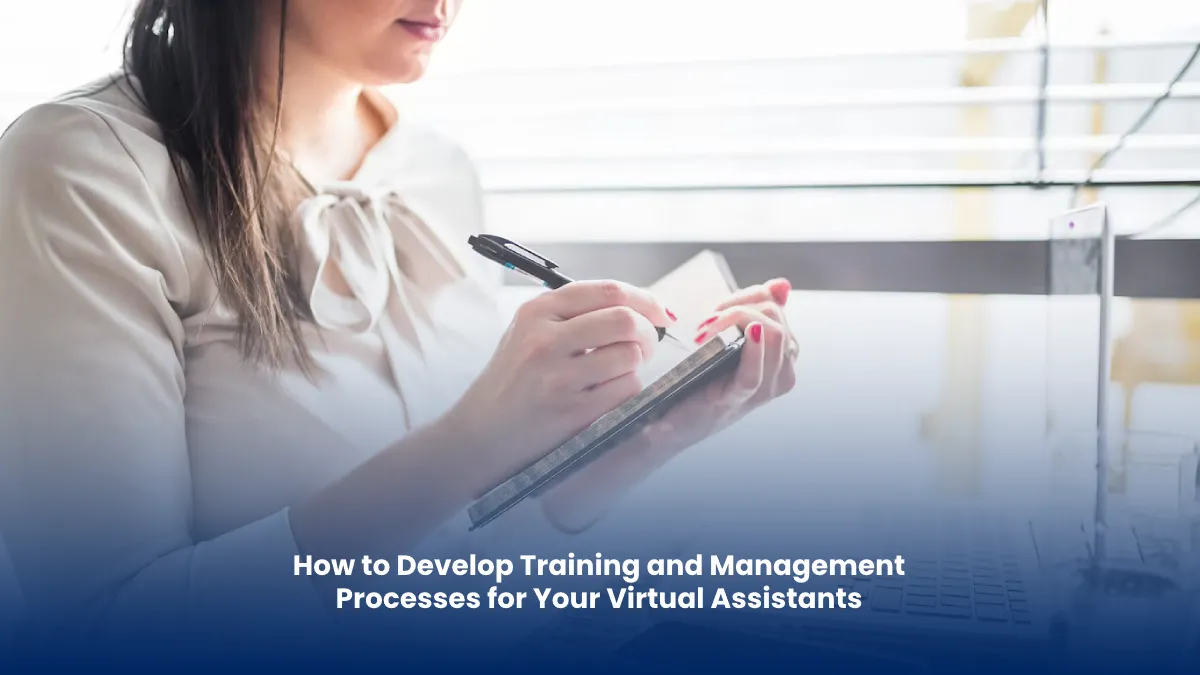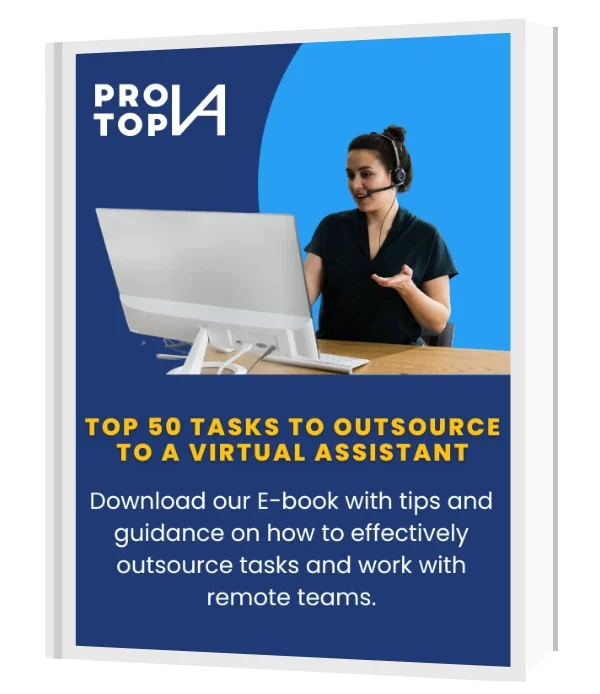It is becoming easier to find and hire virtual assistants as technology improves. As efficiencies in technology improve, there is an increased demand for virtual assistants. Some organizations choose to outsource their functions for several reasons.
Lower operating costs, due to lower employee expectations for salaries; reduced office space requirements and rent payable; and reduced running costs associated with office supplies and utilities.
It is increasingly useful to have virtual assistants around to help business functions, as demand for their services continually increases.
Training employees effectively is very important, and organizations must be aware of the many benefits that their employees can benefit from good learning.
Management of remote workers – including the continuous training of staff to become more efficient. It needs to be seen as an investment in the organization’s people, processes and knowledge.
However, although work is often done remotely, the principles of managing people and learning from them are the same. The process of managing virtual assistants is also very essential. What Virtual Assistants Can Do: Let’s look at what virtual assistants can do and what they can do, and the reasons why it is vital to manage them effectively.

It is important that all staff have clear direction and that they understand what is expected of them. It also ensures that people know what is accurate when they are communicating with clients and about projects, regardless of their location.
When teams have processes that are clearly defined, virtual assistants will be able to carry out their duties effectively and efficiently.
When working face-to-face with your team, you can train them on the job, as well as encourage them to work together and learn more. However, the time and resources required to train and manage staff offshore are limited, which reinforces the importance of a strong process for training staff and helping them manage their tasks and responsibilities.
If organizations invest in developing well-thought-through training processes, they can be repeated for new and existing staff members, and the results will be greater than having to plan each process individually. So, how can we develop effective processes for managing and training virtual assistants? Here are some tips to help you develop a strong process for identifying and training Virtual Assistants.
1) It is crucial that you define key knowledge gaps.
The key to developing effective processes for learning how to use virtual assistants is to identify what each of them know about the business. What each staff member knows and what their skills are lacking will drive the training process and what goals the staff will achieve from this process. Different staff members will require different training processes in order to understand the different areas that they are learning.
2) Clearly define the tasks that you are expected to complete.
Training processes are designed to help staff discover their knowledge gaps and help them understand the roles that virtual assistants will be performing. These include processes that employees need to know about in order to complete a project, as well as processes that you need to have signed off on any project before it is sent to a client. Tasks are driven and managed by setting task-oriented KPIs (Key Performance Indicators), and by holding regular reviews of work in progress (WIPs). This allows managers to measure the performance of individual staff members in a clear and concise way that enables them to easily measure their performance.

3) Keep it easy. Keep things clear and concise.
When designing training processes, it’s best to keep things simple and to be as clear as possible in order to avoid any ambiguity. Training staff who speak little English may cause them to have difficulties and overwhelm them with too many details. Its about allowing staff to work as efficiently as possible and to make their processes as simple as possible.
4) Repetitive and continuous management.
Training and development of key performance indicators (KPI) for virtual assistants is often based around a specific task.
Learning how to manage and continually improve your training processes requires regular supervision and management retraining. Learn what areas need to be covered to make the gaps disappear, then plan the tasks that should be performed in order to complete the gap. Then, when the gaps are closed, repeat the process to make sure that the knowledge is reinforced.
5) Quality and useful instructional materials.
Have all the training materials that you need readily accessible to virtual assistants, so that they can refer to them when they are needed. Having the right training materials available will allow staff to learn and self-reflect in the absence of on-going collaboration and knowledge sharing.



